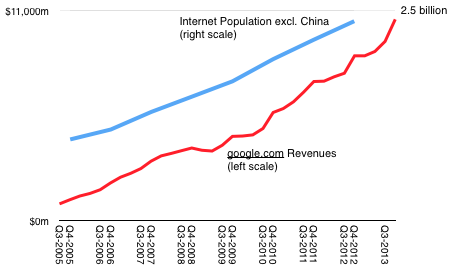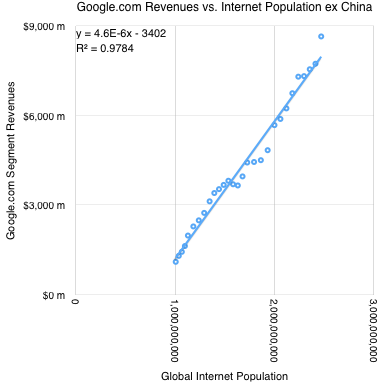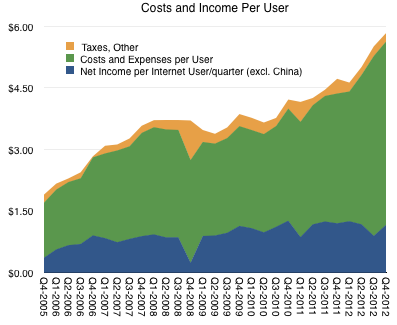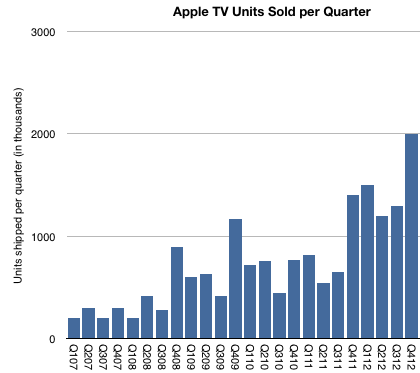I don’t usually find books about Apple to be quotable. There are certainly some interesting anecdotes and observations but few appeal to the analytical mind. The popular books on Apple have tended to cover what close watchers have already known and are thus compilations with few revelations.
This is not the case with Leander Kahney’s book on Ive. It certainly is the best compilation of detail on product development at Apple during the Ive years (and some time before.) Moreover, it’s also filled with choice insights into the process of development.
This process-orientation is what makes the book stand out for me personally. There are character observations and personality intrigues but they are not the main focus or ambition for the author. Rather, as befits the book’s subject, there is an exposition of detail about how things are done. It’s not a complete exposition–nor can there be one–but it goes much further than any other Apple book I’ve read.
For this reason I found myself tweeting quite a few quotes from the book. Here are some examples:
“In a company that was born to innovate, the risk is in not innovating. The real risk is to think it is safe to play it safe” – Jony Ive
“Scott Forstall wasn’t allowed to visit. His badge wouldn’t even open the door.”
“Design is the fundamental soul of a man-made creation” – Steve Jobs
“I have seen buildings where, as far as the eye can see, you see machines carving, mostly aluminum.”
“I do not want any of my guys thinking about cost. They should not care…that is not their job”
“The thing is, you could transplant me and this design group to another place and we wouldn’t work at all”
“they wanted to give PowerPoint presentations, but Jobs quickly banned them. He saw PowerPoints as rambling and nonsensical”
The book mostly follows Ive’s career with chapters covering most significant episodes chronologically, however there are deep dives into the “how” rather than just the “what” happened. There is a hint of causality rather than correlation between events and outcomes.
For example, there is a mesmerizing description of the actual Apple design studio even though it has never been depicted in any public photo or video or diagram. There is a great attention paid to manufacturing and materials, as indeed there should be if talking about Apple design (but not necessarily if talking solely about design in general.)
There is an amazing revelation of the existence of the “ANPP” or the Apple New Product Process. This process directs the “extreme detail [for] every stage of product development”. The presence of such a “giant checklist” implies a degree of process and rigor which is in contrast to the “heroic” effort that prevails in popular folklore about how Apple develops its products.
If there was one disappointment it was that I felt as if half was missing. The half which would tie the dots together and see where they might lead. But that’s perhaps too much to ask for what is essentially a biography of an individual rather than a company.
Nevertheless, for anyone interested in the process of innovation that remains Apple’s principal asset, Jony Ive, The Genius Behind Apple’s Greatest Products by Leander Kahney is available at the iBookstore.




